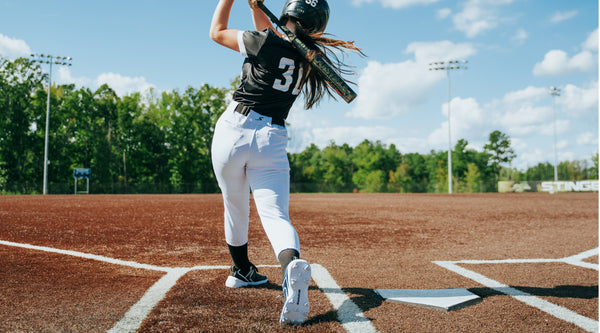Bobby Clampett is a PGA Tour Winner, long-time CBS Sports golf broadcaster, and founder of Impact Zone Golf, a revolutionary teaching system centered on a player’s impact position rather than their “style” of swing. In his second guest post for SQAIRZ, he explains the connection between muscle memory and your swing and how to override it.
I often say to my students, “There are no mysteries in golf. The ball goes exactly where you hit it.” To put it less succinctly: the conditions your club creates at the moment of impact are responsible for where the ball ends up one hundred percent of the time.
These days, we can evaluate those conditions using high-tech launch monitors, and what we frequently see are deficiencies in technique that are unknowingly repeated over and over again. As I discussed in my first post for SQAIRZ, these issues are often caused by misguided attempts to gain swing speed through arm or torso acceleration. Leading with the upper body on the downswing shifts your weight to the left side prematurely, upsetting your balance at the moment of impact, when you should be pushing your weight into the ground. Less downward pressure means less of the kinetic energy that adds power to your swing without sacrificing consistency. The “upper-body-centric” golfer not only loses out on both, but develops habits that become ingrained.
That’s thanks to muscle memory—also known as motor memory—the ability to perform a physical action without thinking about it. When we practice a physical action, our brains map movement patterns and develop neurological pathways that are reinforced until the movements become second nature. Muscle memory is the reason you never forget how to ride a bike or catch a ball. Once it’s established, though, muscle memory becomes increasingly hard to change.
You see this when athletes from other sports pick up a club. Baseball players, for example, are taught to turn their hips and hit the ball off their trail foot. That doesn’t translate well to golf, where you carefully shift the pressure points in your feet before smashing the ball on the downswing. In contrast, basketball players are among the best golfers I know. They’re used to harnessing those ground forces as they push off with their feet.
It’s rare for a beginner to properly utilize the lower body because a golf swing isn’t a natural movement pattern. Most players’ feet are just along for the ride, rather than serving as the center of balance and power. Sadly, many quit the game because it's too hard and frustrating. They’ll tell themselves, “I'm not meant to be a golfer.”
Not true! I believe that, with the guidance of a qualified instructor, any player can retrain their brain to replace those faulty patterns with more accurate and consistent movements. That's why I quit the Champions Tour and broadcasting to develop Impact-Based® Teaching. Cookie-cutter approaches to golf instructions don't work because we all have our own idiosyncrasies to overcome. A trained instructor knows how to help each individual build their swing around their natural propensities.
One of the many things I like about SQAIRZ shoes is that you can disrupt old patterns simply by putting on a pair. Your toes will spread into a natural position, your heels become stable, and you’ll feel a strong connection with the ground. All of this supports the balance and stability required to start making small, deliberate changes to your technique.
From there, I like to watch my students perform practice swings until we find the fault lines, then set up a practice schedule that fits in with their lifestyle. We can make major progress in just ten or fifteen minutes a session with well chosen drills and other remedies. For example, try swapping the golf ball for another object, such as a rubber ball or a wadded-up piece of paper. Like changing your footwear, the mental shift from focusing on a golf ball to something else helps shake off old habits and set down new movement patterns.
There’s nothing better than the moment a student realizes they don’t have a physical or coordination deficiency, just a technical problem that can be overcome. With feedback, practice, and a good pair of shoes, you will play better golf.


